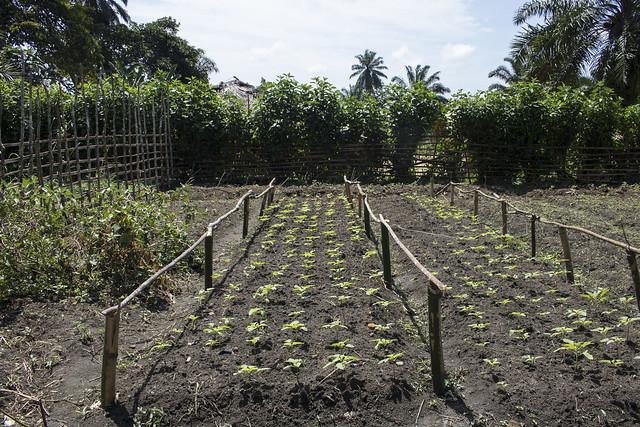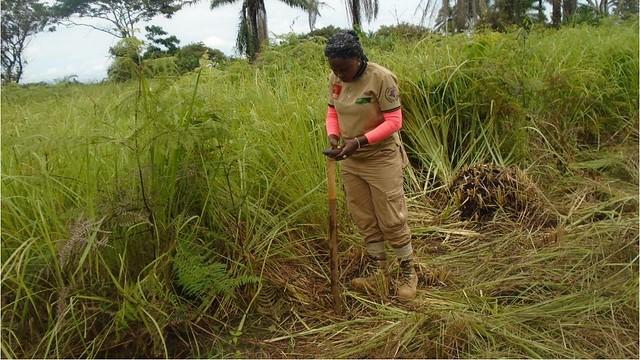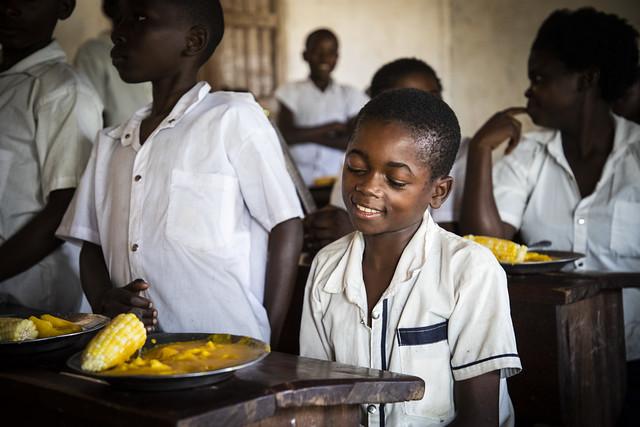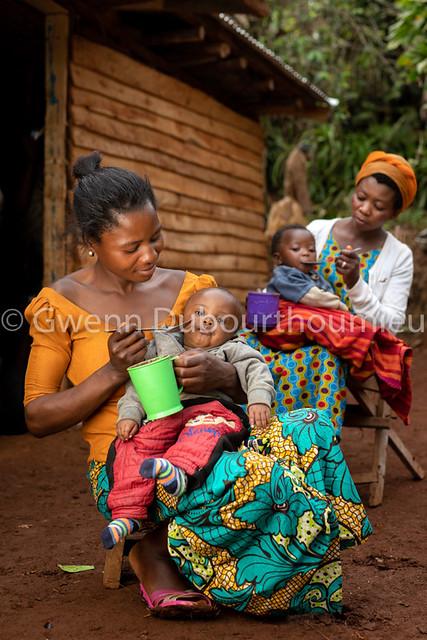Sankuru
Overview
Overview of Sankuru, Democratic Republic of the Congo
Sankuru is one of the 26 provinces of the Democratic Republic of the Congo, located in the central part of the country. It is a place rich in natural beauty and cultural diversity, distinguished by its vast rainforests, rivers, and a plethora of wildlife. The culture in Sankuru is a vibrant tapestry woven from the traditions of various ethnic groups, including the Tetela, Topoke, and Mbuza, among others. These communities are known for their enchanting music, dance, and artisan crafts, particularly wood carving and pottery. The local languages spoken here are mainly Tetela and French, offering a linguistic adventure for visitors. Sankuru’s uniqueness also stems from its remote setting, offering an off-the-beaten-path experience that is rare and enriching.
High Season and Activities in Sankuru
The best time to visit Sankuru is during the dry season, which runs from May to September. During these months, the weather is generally more favorable for travel, with less rainfall and milder temperatures, making it easier to explore the natural landscape. This period is ideal for trekking through the lush, expansive forests and spotting an array of wildlife in their natural habitat. Bird watching is particularly rewarding here, with the opportunity to see exotic species. Additionally, the rivers become prime spots for fishing and canoeing. Cultural festivals are also more likely to occur during this high season, offering visitors a chance to immerse themselves in local traditions and festivities.
Preparation for Travelers Visiting Sankuru
Traveling to Sankuru requires thoughtful preparation, especially given its remote and rustic conditions. Vaccinations for diseases such as malaria, yellow fever, and typhoid are strongly recommended, along with a comprehensive travel health kit. As medical facilities in remote areas might be limited, it is advisable to include medications for common ailments. It's important to secure a visa for entry into the Democratic Republic of the Congo well in advance, and travelers should ensure they have all necessary travel documents. Packing should include light, breathable clothing for the day, warmer layers for cooler evenings, and robust, waterproof footwear for trekking. Lastly, learning basic phrases in French or Tetela can be incredibly beneficial for communication and enriching the overall travel experience.
How It Becomes to This
History not available
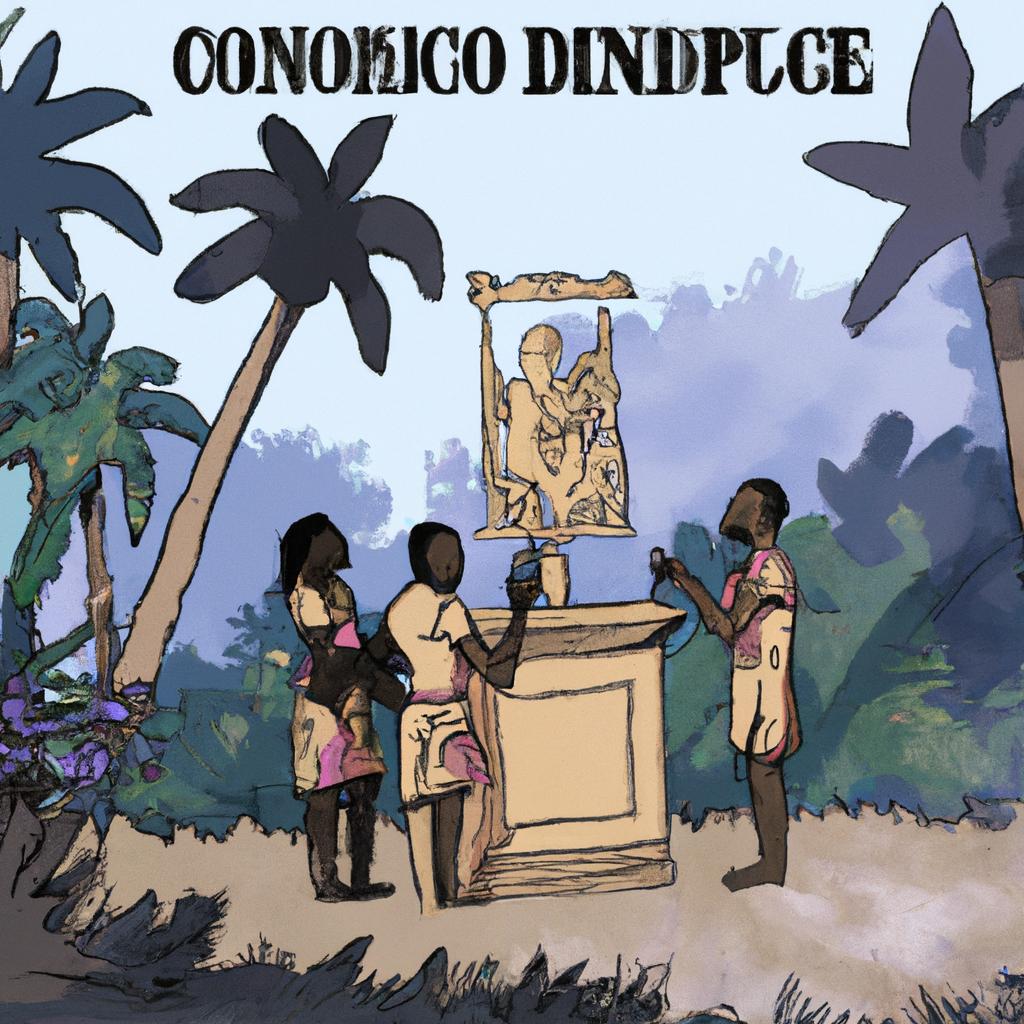
You May Like
Explore other interesting states in Democratic Republic of the Congo
Discover More Area
Delve into more destinations within this state and uncover hidden gems.


